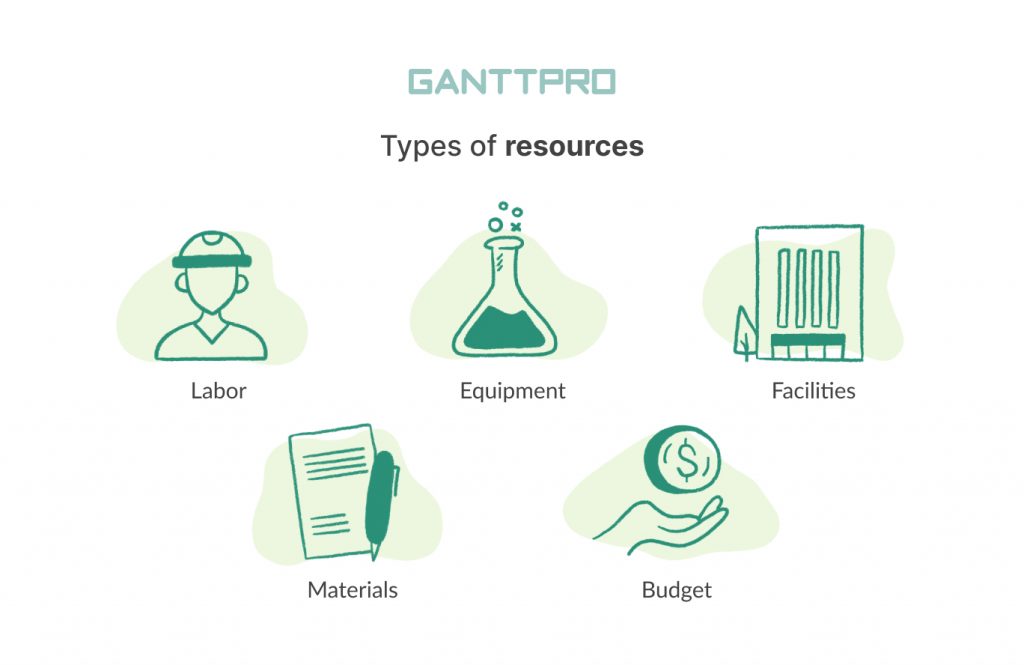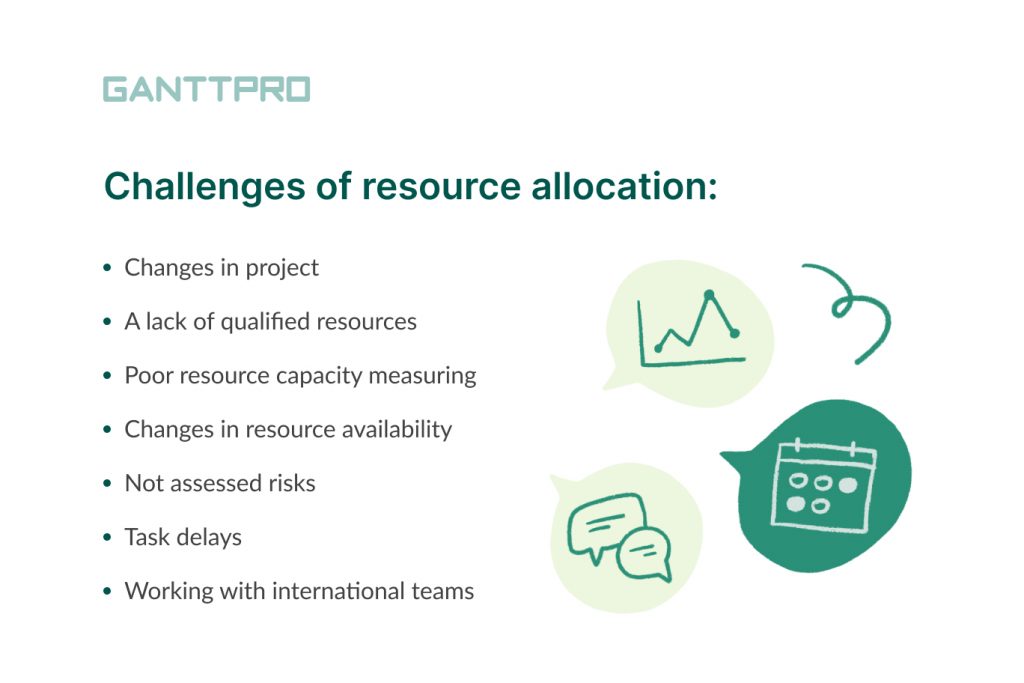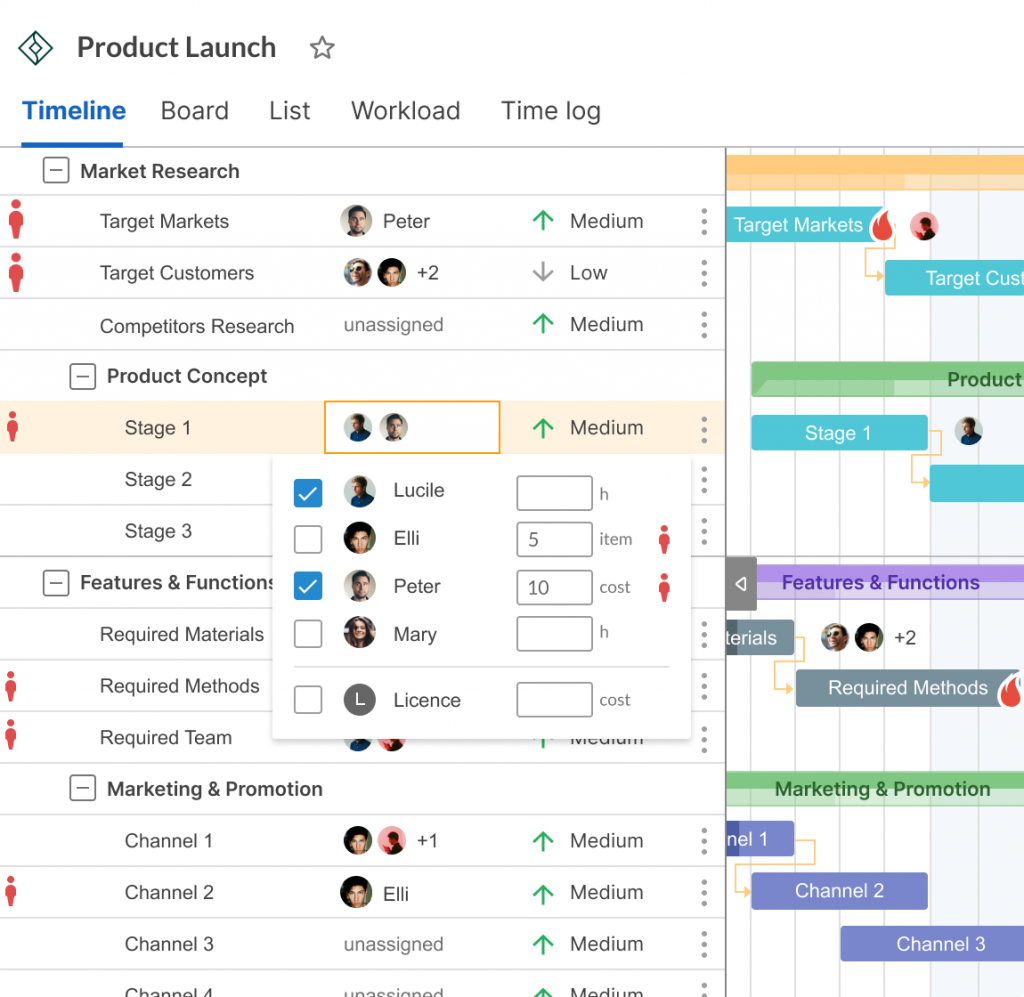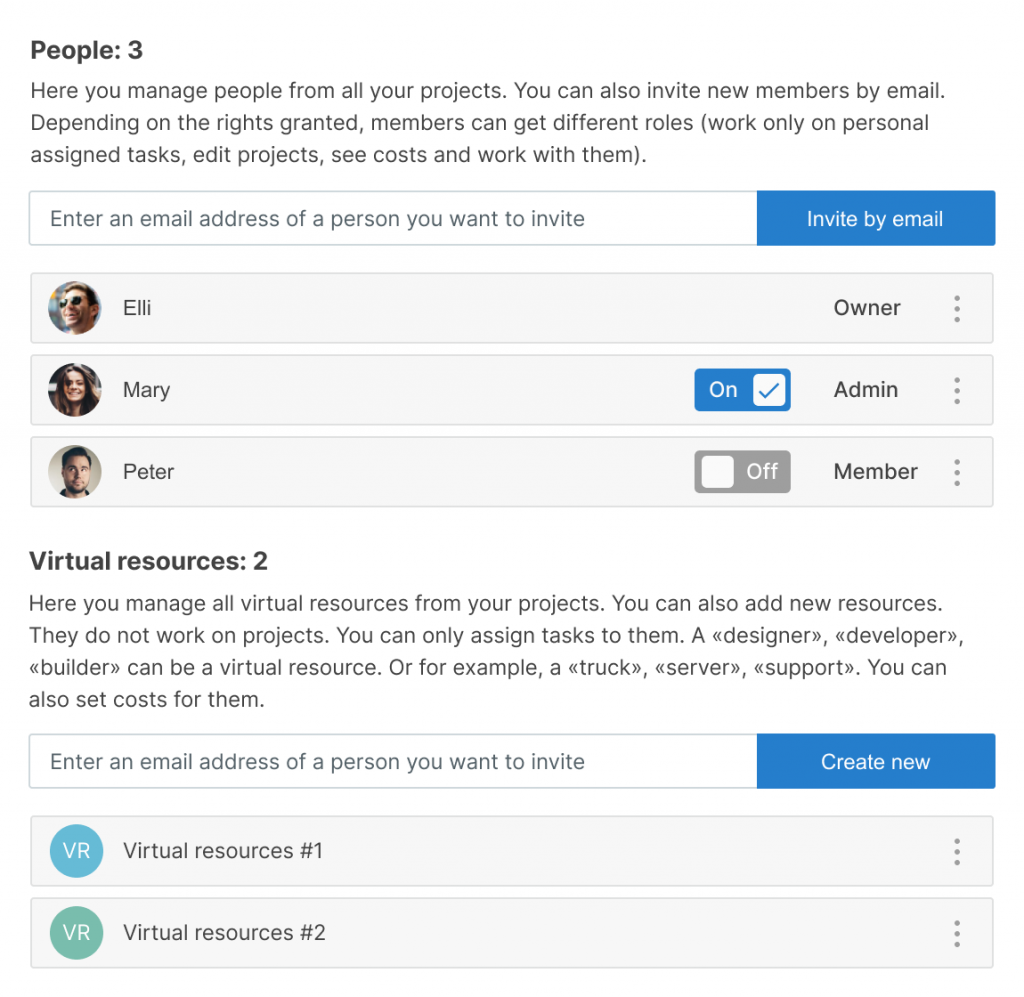Everything You Should Know about Resource Allocation in Project Management

One of the essential components of an effective project management (PM) process is resource allocation. According to Wellington’s research (2019), it is the second largest project management challenge among surveyed organizations.
Assigning the right resources to the proper projects isn’t as easy as you can think. The process requires preliminary preparation, specific knowledge, and experience. Robust allocation processes affect successful project realization.
This article will walk you through what resource allocation is, why it matters, and how it helps you improve your workflow.
Let’s dive in then.
- What is resource allocation?
- What is the purpose of resource allocation?
- What are the challenges of resource allocation?
- How to allocate resources
What is resource allocation?
Resource allocation is the most efficient and profitable way of scheduling and assigning available resources to tasks.
It often happens that projects need more resources, but they are not infinite. Precisely that is why it is crucial to manage and delegate resources to avoid scarcity properly.
In other words, resource allocation definition is based on a simple thing: to ensure that projects operate smoothly and meet all company’s business objectives on time.
Now, when you know what is meant by resource allocation, let’s talk about its types.
Types of resources
Globally, resources can be human and non-human. In PM, they are divided into 5 groups:
- Labor.
- Equipment.
- Facilities.
- Materials.
- Budget.

Let’s have a closer look at each of them.
- Labor. These are various professionals, employees, and team members with different skills needed to complete a project successfully. These people make any plan’s backbone.
- Equipment. It includes necessary tools for project completion: from software or hardware to hammer or drill, depending on a company’s specifics.
- Facilities. It is all about an environment for work and project realization such as offices, open space, meeting rooms, etc.
- Materials. In other words, it is the stuff needed to produce outputs: from pens and paper to raw material for house building.
- Budget. Probably, the most important type that allows buying all we listed above.
What is the purpose of resource allocation?
It is difficult to overestimate the importance of resource allocation and leveling in project management. It affects all working processes and helps you avoid missed deadlines and meet business objectives.
Let us make it more clear. Every project consists of tasks. If one of them is completed with a delay, there is a high probability that the entire project will be completed with a delay. And one of the main reasons for missed deadlines is the lack of resources because of its inappropriate allocation.
So, what is the importance of resource allocation? Its main goal boils down to reaching the best results paying the lowest cost. So, constant optimization is the necessary thing while running these processes.
When you know what it takes to make a project successful, you can effectively plan and manage the optimal amount of employees, materials, money, etc.
Many large companies that value optimization hire a certain specialist for this purpose — a resource manager. What is his area of responsibility? While the project manager creates and assigns tasks, the resource manager is accountable for allocating resources to ensure the project’s success.
Resource management helps:
- Forecast and avoid possible difficulties and scarcity of people, money, materials, etc.
- Prevent employees’ burnout.
- Inform others about your team’s plans and workload.
- Meet deadlines.
- Avoid extra spending.

What are the challenges of resource allocation?
We live in an age of technology and constant changes. A good manager should be able to adapt to market changes to achieve better results. Resource allocation is one of the essential parts of PM, and at the same time, it is the hardest thing to optimize and automate.
Nowadays, many professionals are engaged in several projects and sometimes play several roles in them. This trend makes management processes even more complex.
Below we will tell you about some common resource allocation challenges.
Changes in a project
Every manager should keep in mind that changes can occur in every moment of project delivery. So, it is always better to have a flexible resource allocation plan.
A lack of qualified resources
It is important to ensure your employees possess the required skills to work on the project and in a company in general. Otherwise, the allocation procedure will become just a waste of time.
Poor capacity planning and measuring
Before starting work, define the capacity of your resources. In other words, determine available resources (no matter human or not) to deliver your project within budget and in a timely manner.
Changes in resource availability
Resource allocation is not a static process. It will be helpful if you won’t forget about sick days, delivery delays, etc., which can cause scenario changes.
Not assessed risks
Here we are talking about not only human but about all types of resources listed earlier. A manager should assess every possible risk: from extra costs and unforeseen events to equipment change and the learning process of new software.
Task delays
Tasks can be connected with dependencies. So, if one step in the project is delayed, it can cause a domino effect and affect the timing of other tasks.
Working with international teams/remotely
If you work in a remote or distributed team, you have probably faced difficulties in a workflow because of colleagues’ different time zones and locations. A good manager should always predict such things to avoid miscommunications and delays.

How to allocate resources
After all that you have learned, the question arises: how to do resource allocation in project management properly? And how to make a workflow smoother and get more successful results?
Below, we will tell you about some methods in PM that will help align workload and improve your workflow. All these features are available in robust resource management software. It would be great if this resource management tool provides a Gantt chart view: a timeline allows one to see the whole workflow picture.
How do you allocate resources? We will be grateful for some pieces of advice you will leave in the comments.
1. Define the scope of your project and divide it into tasks

First of all, it is better to realize how complex your project will be and how many resources you need to accomplish it with success.
2. Assign tasks

Assign one or more resources to every task to be sure everything is going to be completed.
3. Remember about deadlines

It is crucial to control the timing of each task to complete projects successfully. Even one missed deadline can negatively affect the work of colleagues and the final result.
With PM tools, you can easily:
- Control the timing of each task and the entire project.
- Meet deadlines promptly.
- Track how much time your employees spend on completing their tasks.
These features will help you efficiently distribute work among employees and stay within time frames.
4. Manage workload

With proper time and workload management, your employees won’t experience burnout or boredom.
Online Gantt chart automatically calculates the workload of each employee and makes it possible to redistribute tasks between team members if needed.

Resource allocation and management software
Complete projects on time, manage workload properly, and communicate with a team.
Sign up for free5. Store all information in one place

Having everything and everyone in one place is an extremely convenient decision. Thus, you can manage both virtual and real resources and be sure that workflow is under control.
PM software allows you to:
- Add virtual resources to your team.
- Set values for them (per hour, item, or cost).
- Define personal calendars.
Conclusion
Now, you definitely know why resource allocation is so important in PM. With its well-tuned management processes, you can effectively:
- Improve the quality of the team’s work.
- Implement projects more efficiently.
- Improve the working atmosphere in the company.
Moreover, special PM tools can help you to establish workflow and manage workload appropriately.
